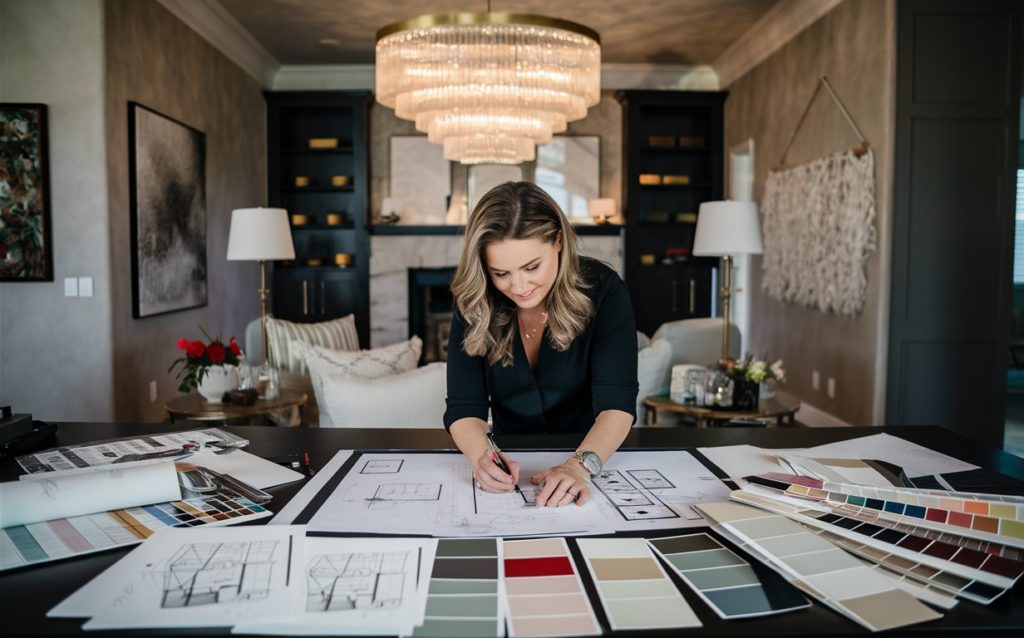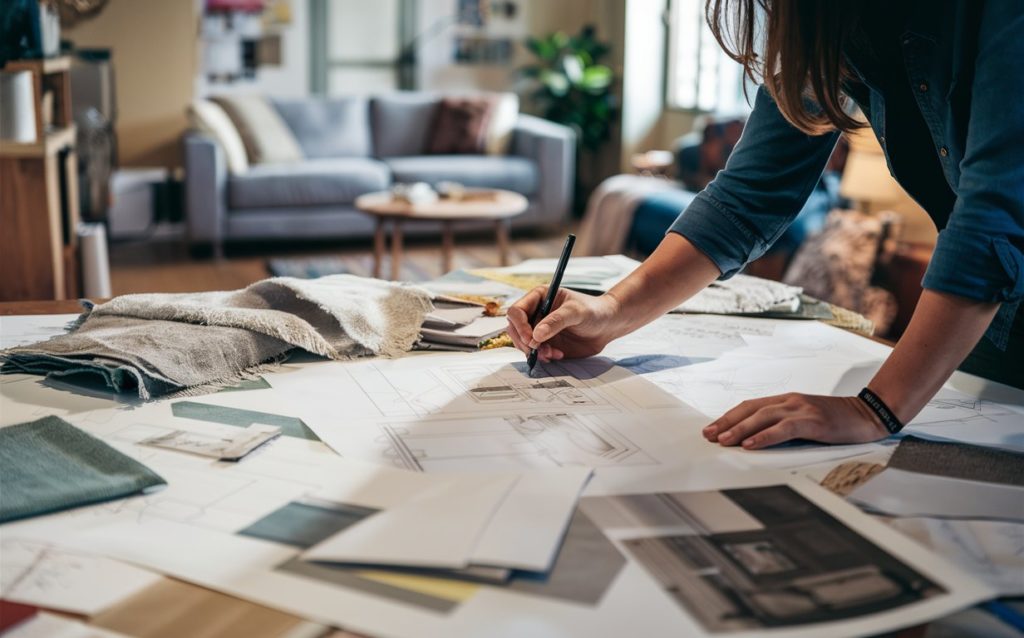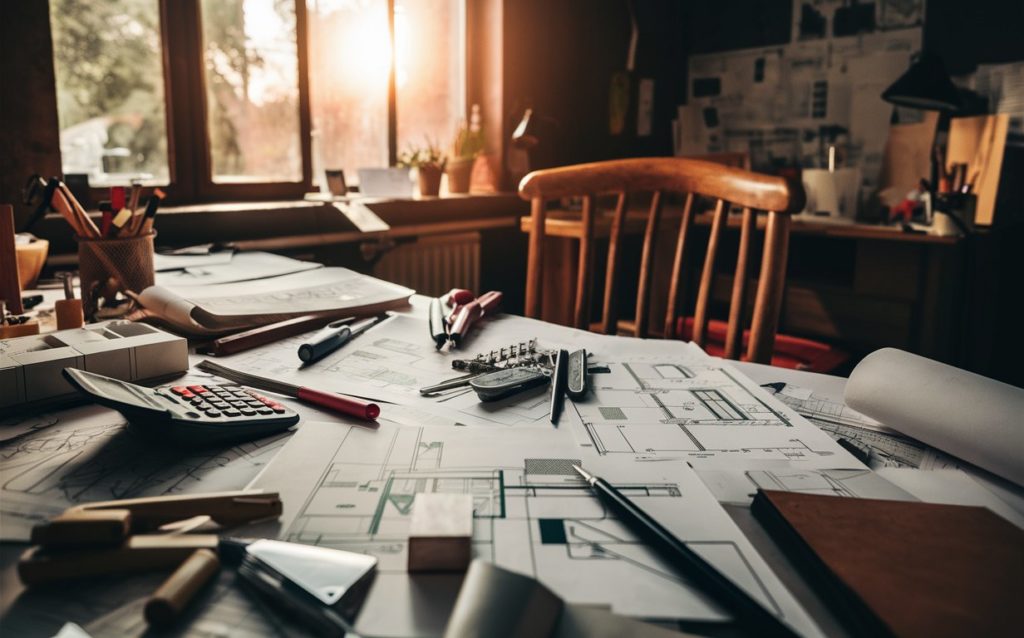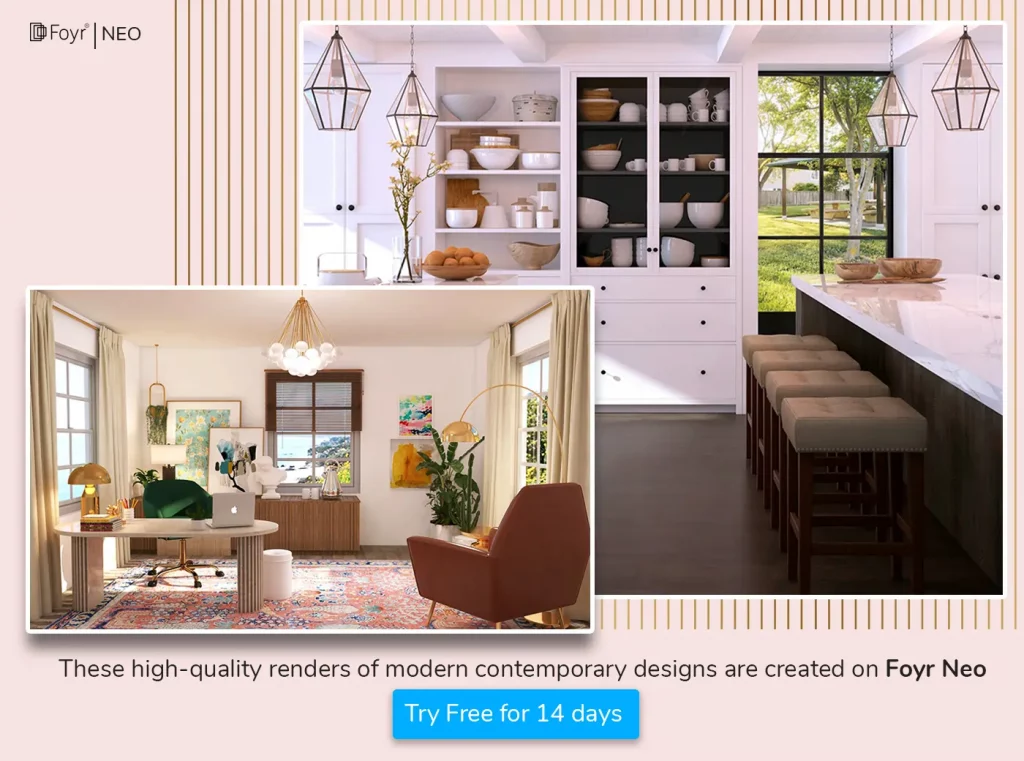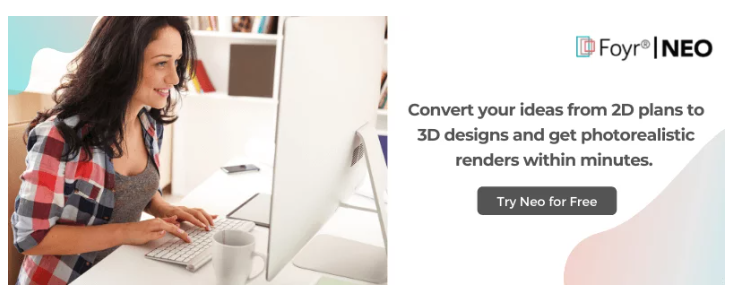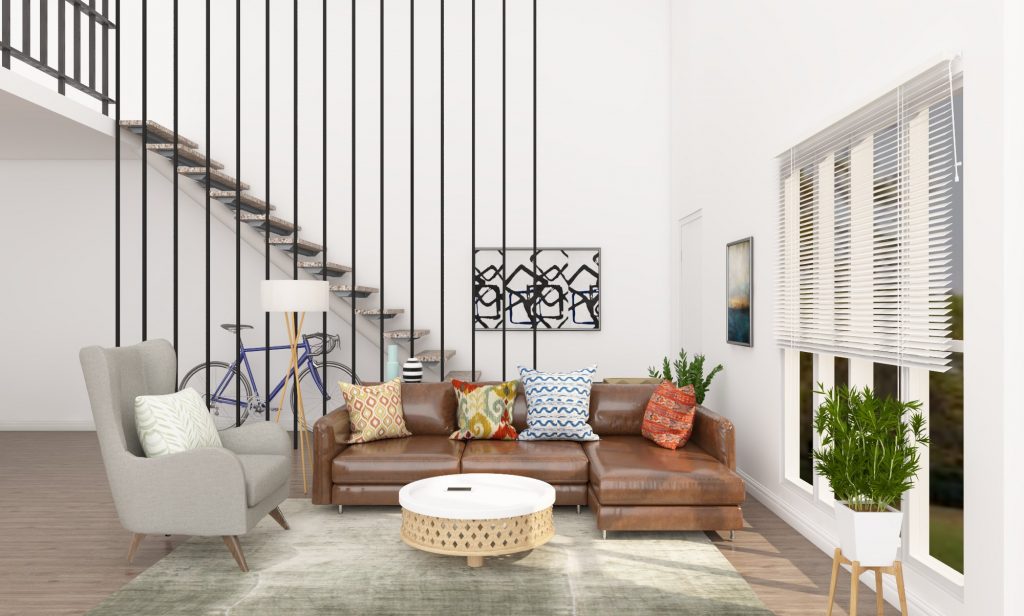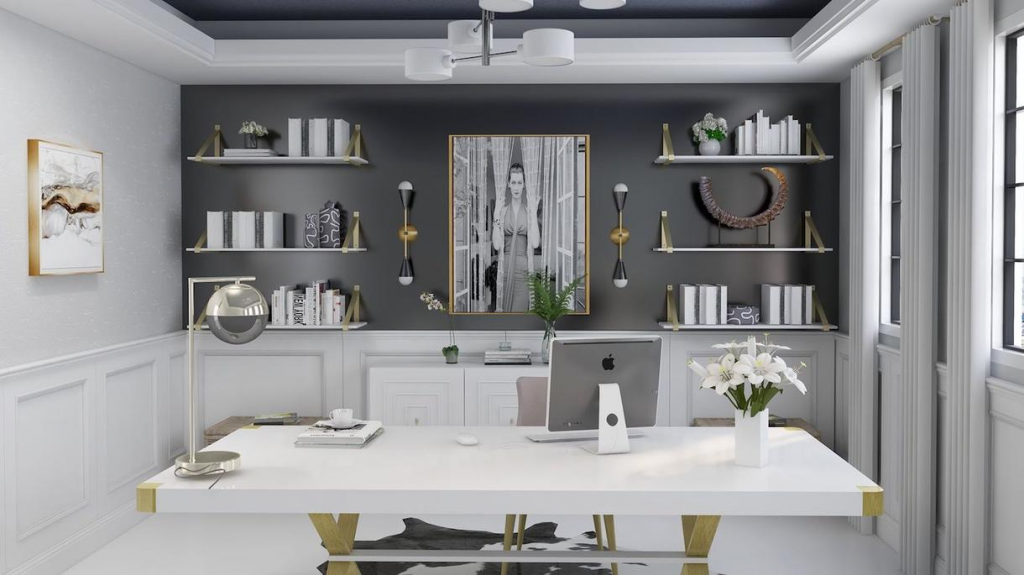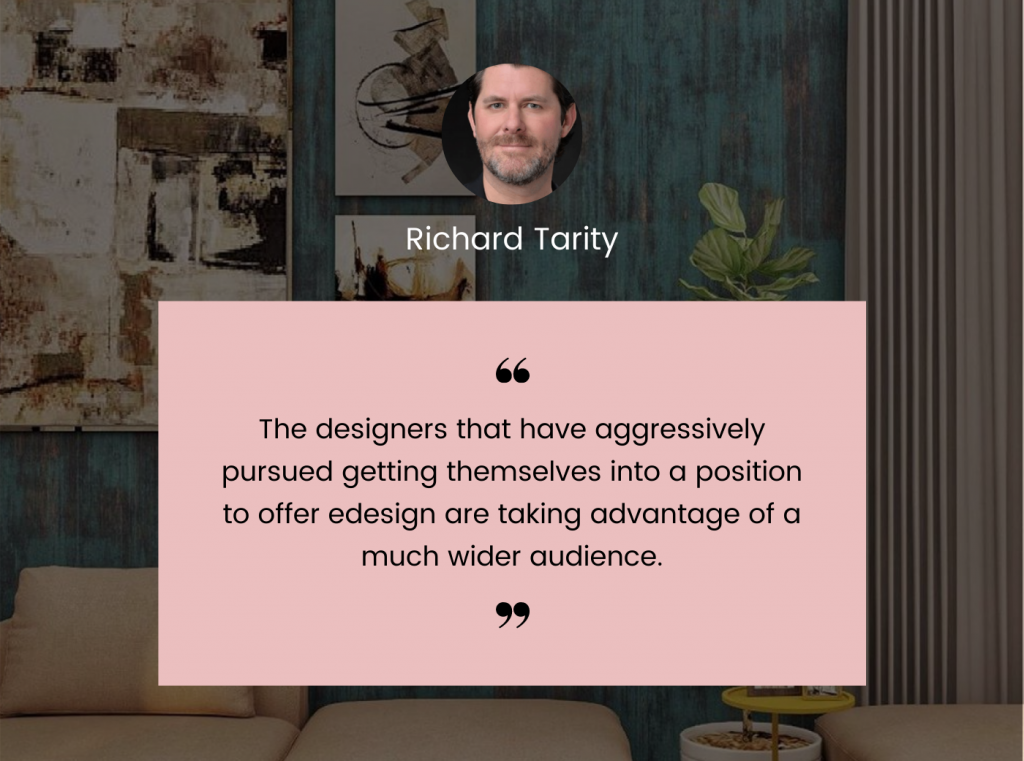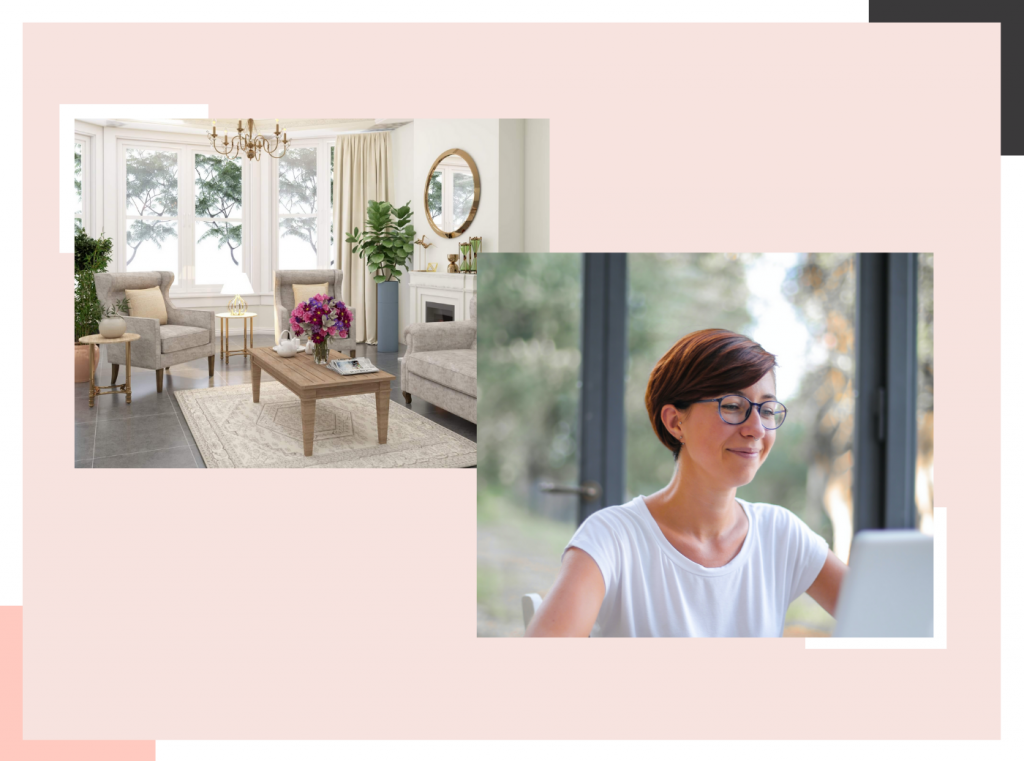The interior design industry continues to evolve—and 2025 is set to be a defining year. With increased demand for virtual home makeovers, remote collaboration, and visual-first shopping experiences, e-design is no longer a side offering. It’s a business model. Advances in AI tools, 3D visualization, and automation have made it easier than ever for designers to deliver high-quality service, faster and more affordably. If you’re ready to launch your e-design business, this guide walks you through every step: from market research to pricing, branding, marketing, and the tools you’ll need to succeed. Read also – The Ultimate Guide To Building A Strong Interior Design Brand E-design is a virtual alternative to traditional interior design services. It typically includes: What it doesn’t include? Installation or on-site visits. Clients take your plan and implement it themselves—making this a high-leverage, scalable model. The e-design industry is projected to reach $12.5 billion by 2032. Key growth drivers include: Use tools like Google Trends, Semrush, and Pinterest Predicts to stay on top of what consumers are searching for in 2025. 2025 Trend to Watch: Clients increasingly expect AI-powered recommendations, VR walkthroughs, and faster delivery timelines. Being tech-forward isn’t optional—it’s expected. Avoid being a generalist. Instead: Pro Tip: Create 2–3 client personas and design your entire offer around them. Read also – How To Become An Interior Designer? Structure your services into easy-to-understand tiers: Package Inclusions Ideal For Price Range Avoid underpricing just to compete. Instead, highlight speed, creativity, and customization as your differentiators. To deliver a polished experience and scale your operations: Want to simplify how you manage designs, communicate with clients, and deliver professional visuals? Try Foyr Neo free for 14 days and turn your e-design process into a well-oiled, visual-first machine. Read also – Interior Design Sourcing and Procurement Read also – Pinterest Marketing for Interior Designers Use software and structure to deliver quality work without reinventing the wheel every time: Project timelines with milestone emails Set metrics beyond just revenue: Make time every month to review and refine. Read also – Instagram Marketing for Interior Designers Image credits: All images featured in this blog are AI-generated or created using Foyr Neo, an advanced interior designing software. Before you onboard your first client: In 2025, success in e-design isn’t about offering the cheapest packages or the trendiest styles. It’s about clarity, consistency, and delivering visuals that make clients say “wow.” Whether you’re just starting out or refining your current practice, tools like Foyr Neo give you a competitive edge—streamlining your workflow, leveling up your visual game, and freeing you to focus on what you do best: great design. Start your 14-day free trial on Foyr services and build the creative business you’ve always imagined. Market your e-design interior design services through social media platforms, targeted online ads, and collaborations with home decor influencers. Additionally, leverage SEO strategies to attract clients searching for how to start an e-design business or seeking virtual design assistance. Essential tools for running an e-design business include design software like SketchUp, AutoCAD, or Roomstyler for creating visual plans, project management tools like Trello or Asana, and communication platforms like Zoom or Slack to interact with clients. Stay current on design trends and resources by following popular interior design blogs, subscribing to industry magazines, and participating in online design communities. Attending webinars and virtual conferences focused on e-design interior design can also provide valuable insights. Build a strong online presence for your e-design business by creating a professional website featuring a portfolio of your best work, maintaining active social media profiles, and engaging with your audience through regular blog posts and design tips. Utilize SEO techniques to attract potential clients searching for how to start an e-design business. Why 2025 Is the Perfect Time to Launch Your E-design Brand
1. Understanding What E-design Really Offers
2. Assessing the Market Opportunity in 2025
3. Defining Your Niche and Ideal Client
5. Packaging and Pricing Your Services
Mini
Mood board, 1 layout, product list
Quick refresh
$99–$250
Standard
Mood board, 2 layouts, 1 revision
Room makeover
$350–$750
Premium
Full design plan, 2 revisions, 3D render
Renovations
$800–$1500
6. Must-Have Tools for 2025 E-Designers
7. Marketing Your E-Design Business
Organic Marketing
Paid Marketing
Referrals & Testimonials
Deeper Funnel Strategy
8. Building a Repeatable Workflow
9. Measuring Success & Optimizing
10. Navigating Legal, Tax & Business Setup
Final Thoughts: Your E-Design Business, Reimagined
FAQs
E-design
The Complete Guide To Start An E-design Business in 2025

Your childlike creativity turned into technical brilliance
Let your raw creativity flow without being hampered by technical hurdles.


